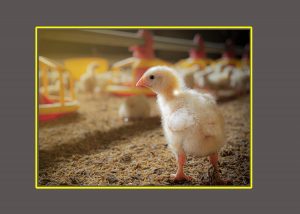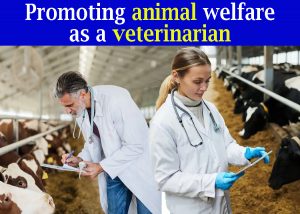
Milk fever is a disorder mainly of dairy cows close to calving. It is a metabolic disease caused by a low blood calcium level (hypocalcemia) between 3% and 10 % of cows dairying districts are affected each year, with much higher percentages occurring on some properties. Jersey cows that are mature, fat, and graze clover dominant pasture before calving are most susceptible.
Losses are due to deaths (about one in 20 affected cows dies), a reduction in the productive lifespan of each affected cow of about three years, and a reduction in milk production.
SIGNS
In topical cases, cows show some initial excitement or agitation and a tremor in the muscle of the head and limbs. Then they stagger and go down to a “sitting” position, often with a kink in her neck, and finally lie flat in their side before circulatory collapse coma and death.
A dry muzzle, starting eyes, cold legs and ears, constipation and drowsiness are seen after going down.
CAUSES
About 80% of the cases occur within one day of calving because milk and colostrum production drain calcium (and the other substances) from the blood. High procedures are more susceptible because the fall in their blood calcium level is greater. Some individual cow families or breeds (for example, jerseys) are more susceptible than others.
TREATMENT
Treatment should be given as soon as possible. The combined solutions contain additional ingredients such as magnesium, phosphorus and dextrose (for energy), which may also be at low levels in the blood while cows have milk fever.
Packed of solution together with an injection kit are best kept on hand for emergencies.
Injection into a vein should be left to veterinarians as it can cause sudden death if not carried out properly. Cows that are “flat out” should be propped up into a normal resting position to relieve bloat. If weather conditions are bad, or the response to treatment is slow.
Recovered cows should not be milked for 24 hours. Then the amount of milk taken should be gradually increased over the next 2-3 days.
PREVENTION
Management of the diet can be a valuable aid preventing milk fever. Cows should not be on a high calcium diet. When the demand for the calcium increases in calving, calcium can be mobilized much more rapidly from bones than the feed, therefore preventing milk fever.
–By Maryam Korejo, Shaheed Benazir Bhutto University of Veterinary and Animal Science (SBBUVAS), Sakrand







